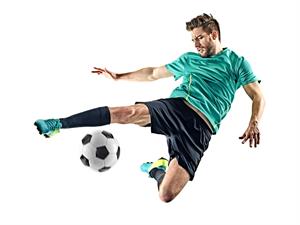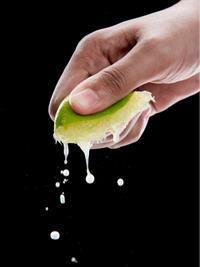PDF chapter test TRY NOW
In the previous classes, we described an object's motion along a straight line with respect to its position, velocity, and acceleration. We saw that such a motion could be uniform or non-uniform. We have not yet discussed the reason for the movement of objects.
Why does the speed of a moving object change with time? Do all motions require a cause? If so, what is the nature of this cause?
Now, we will find the solution for all the above queries. For many centuries, scientists wondered about the problem of motion and its causes. If we give a small hit to a ball on the ground, it does not move forever. Such observations suggest that rest is the "natural state" of an object. The theory presented by Galileo Galilei and Isaac Newton developed an entirely different understanding of motion.
What causes the objects to move?
When you get up from the school desk, you are pushing yourself against it. While entering into the home, you always push or pull the closed door with your hands. While playing a cricket match, you apply force on the ball by using the bat to hit a boundary. In order to win the game, you need to apply more force on the bat to get more fours and sixes. It is only then you could win the game.

A man pushes the door

A football player hits the ball by applying force
Force:
A push or pull that changes the position, size, shape and speed of the moving body is called force. It can also change the direction of the moving body. Force is measured in terms of newton.
Actions like picking, opening, closing, kicking, hitting, lifting, flicking are often used to describe specific tasks. Each of these actions usually results in some change in the state of motion of an object. i.e. by doing any one of these activities causes a force on the object.

If we squeeze the lemon, the shape of lemon changes. This is an example of force changing the shape of an object.
| Force can |
| change the states of the body from movement to rest |
| change the states of the body from rest to movement |
| alter the speed of the object |
| change the shape of the object |
| change the direction of the movement of the object |
